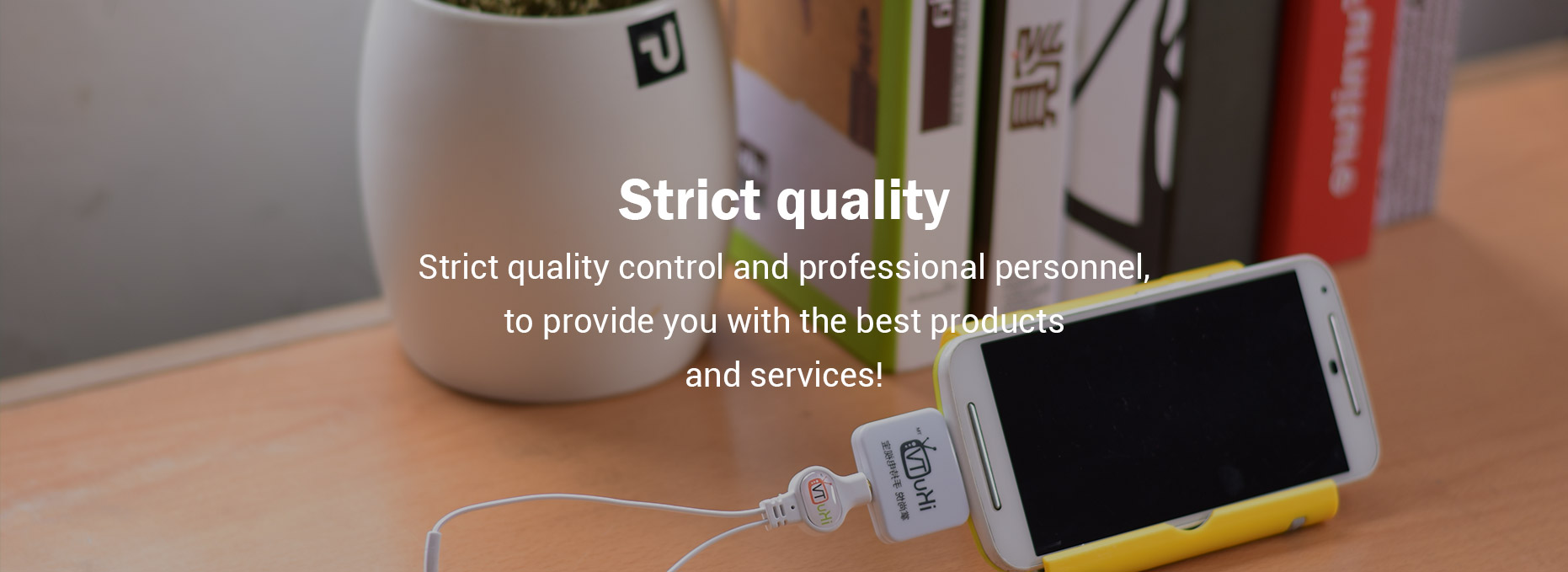Top 5 PVC Stabilizers for Optimal Thermal and UV Resistance
PVC stabilizers are essential additives that extend the life and performance of polyvinyl chloride products exposed to heat and sunlight. Without the right stabilizer system, PVC degrades under processing temperatures or prolonged UV exposure, resulting in discoloration, brittleness, and mechanical failure. Below is a detailed breakdown of five top-performing stabilizers, their applications, pros and cons, and performance metrics backed by industry usage data.
1. Calcium-Zinc Stabilizers
Usage Scenario: Widely used in medical devices, food packaging, and children’s toys where non-toxic performance is mandatory.
Advantages:
Free of heavy metals such as lead or cadmium
High initial color hold and long-term thermal stability
Compliant with RoHS and REACH standards
Drawbacks:
Slightly higher cost than traditional stabilizers
Requires precise formulation tuning during processing
Case Analysis: A leading European manufacturer of PVC blood bags switched from lead-based to calcium-zinc stabilizers in 2019. Internal testing showed improved clarity retention after 200 hours in an aging oven at 150°C. Decomposition onset was delayed by 12 percent compared to their earlier formulation. This supports findings published by PlasticsEurope showing a 15 to 20 percent increase in UV resistance in calcium-zinc stabilized flexible PVC products.
2. Tin-Based Stabilizers
Usage Scenario: Primarily used in rigid PVC applications such as window profiles, pipes, and siding.
Advantages:
Excellent transparency
Superior long-term thermal protection
Good compatibility with lubricants and processing aids
Drawbacks:
Less environmentally favorable compared to calcium-zinc options
Limited use in food-contact applications due to tin migration concerns
Case Analysis: An Australian profile extrusion company maintained structural rigidity of PVC window profiles exposed to desert climates using methyltin stabilizers. Post-accelerated weathering tests revealed minimal discoloration even after 1000 hours under xenon arc lamps. This performance has made organotin stabilizers a preferred choice in extreme-weather construction materials.
3. Lead-Based Stabilizers
Usage Scenario: Still used in non-food, industrial-grade applications in developing regions due to low cost and thermal stability.
Advantages:
Low cost and strong thermal resistance
Well-known behavior in high-temperature extrusion
Drawbacks:
Banned in many markets due to toxicity and environmental impact
Poor image for sustainable or green product lines
Case Analysis: A pipe manufacturer in Southeast Asia reported a reduction in failure rates under high-pressure tests when using tribasic lead sulfate stabilizers. However, increasing regulatory pressures forced a transition to mixed metal alternatives within two years. The trade-off between performance and compliance led to significant operational changes.
4. Organic-Based Stabilizers
Usage Scenario: Suitable for applications requiring non-toxic, heavy metal-free solutions with high transparency such as clear films or credit cards.
Advantages:
Free of metals and ideal for green certifications
Excellent color retention in transparent PVC
Drawbacks:
Cost-intensive
May require higher loading levels or co-stabilizers
Case Analysis: A Japanese electronics brand replaced traditional stabilizers in PVC cable insulation with organic-based alternatives. Flame-retardant properties were maintained, and tensile strength improved by 8 percent over six months of outdoor installation. However, processing temperatures had to be closely controlled due to narrower thermal windows.
5. Barium-Zinc Stabilizers
Usage Scenario: Common in flexible PVC for automotive interiors, flooring, and synthetic leather.
Advantages:
Balanced thermal and UV stability
Good weathering resistance and color hold
Drawbacks:
Barium compounds require careful handling due to toxicity concerns
Not ideal for direct skin-contact applications
Case Analysis: An automotive supplier used barium-zinc stabilizers in dashboard films. After 2500 hours of QUV-B exposure, color shift remained within acceptable Delta E limits, confirming durability standards for Tier-1 OEM suppliers. Performance matched that of calcium-zinc but with better flow properties in complex moldings.
Conclusion
Choosing the right PVC stabilizer depends on several factors including application type, regulatory demands, cost sensitivity, and environmental considerations. Each stabilizer presents a unique profile of thermal and UV resistance, processing behavior, and safety compliance. Industry shifts are increasingly favoring metal-free or low-toxicity options, but legacy systems like lead or tin still hold value in select applications. Proper formulation and real-world testing remain critical to ensuring long-term performance and compliance.



Comments